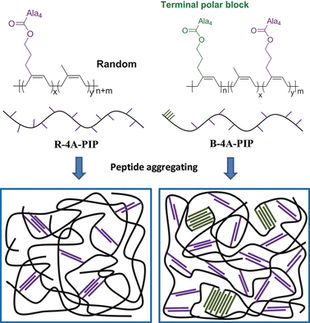Insect-inspired super rubber moves toward practical uses in medicine
Advertisement
The remarkable, rubber-like protein that enables dragonflies, grasshoppers and other insects to flap their wings, jump and chirp has major potential uses in medicine, scientists conclude in an article in the journal ACS Macro Letters. It evaluates the latest advances toward using a protein called resilin in nanosprings, biorubbers, biosensors and other applications.
Kristi Kiick and colleagues explain that scientists discovered resilin a half-century ago in the wing hinges of locusts and elastic tendons of dragonflies. The extraordinary natural protein tops the best synthetic rubbers. Resilin can stretch to three times its original length, for instance, and then spring back to its initial shape without losing its elasticity, despite repeated stretching and relaxing cycles. That's a crucial trait for insects that must flap or jump millions of times over their lifetimes. Scientists first synthesized resilin in 2005 and have been striving to harness its properties in medicine.
Kiick's team describes how their own research and experiments by other scientists are making major strides toward practical applications of resilin. Scientists have modified resilin with gold nanoparticles for possible use in diagnostics, engineered mosquito-based resin to act like human cartilage and developed a hybrid material for cardiovascular applications. "This increasing amount of knowledge gained from studies on natural resilin and resilin-like polypeptides continues to inspire new designs and applications of recombinant resilin-based biopolymers in biomedical and biotechnological applications," the scientists state.






















































